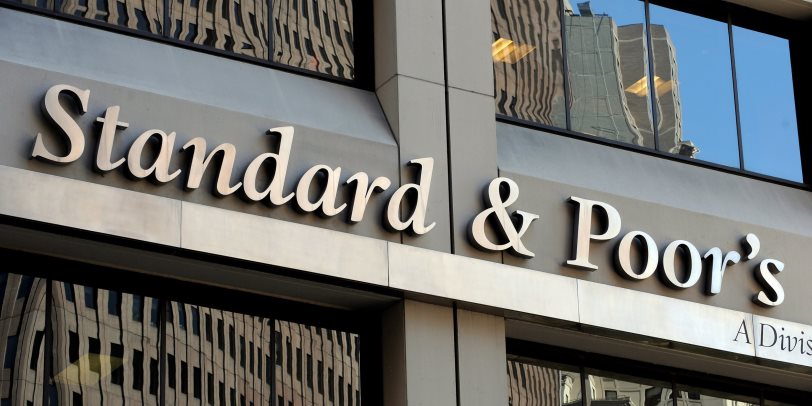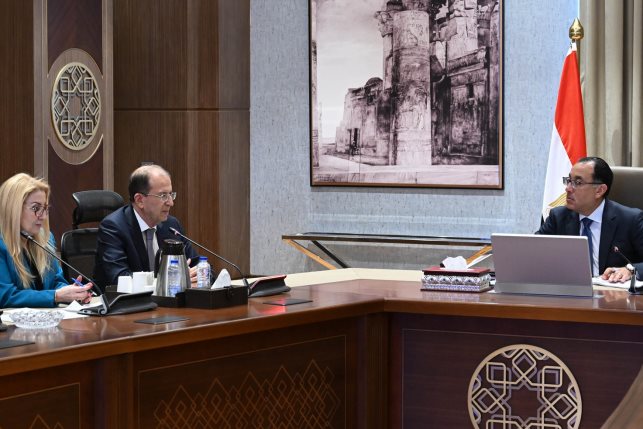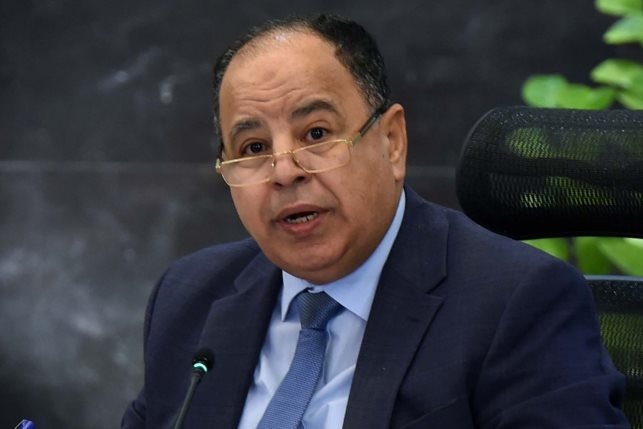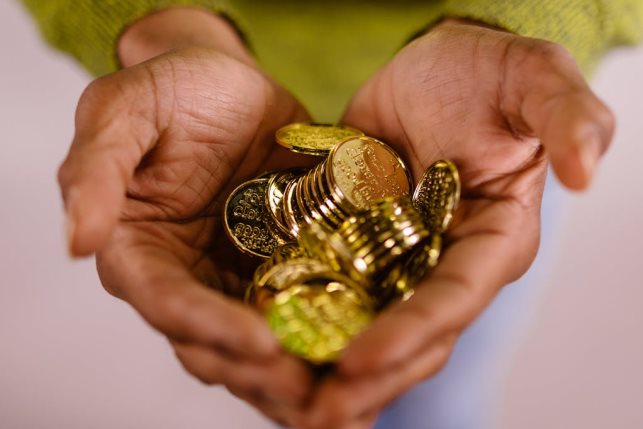GDP to grow 5.3% with sustainable growth to come from private sector’s engagement: S&P
In its latest report on Egypt’s economic conditions, which particularly focused on Egypt’s monetary policy, S&P added that public investment could also cause fiscal and external deficits

Public investment in Egypt’s infrastructure and other projects will drive much of the country’s expected economic growth, which international credit agency Standard & Poor’s (S&P) says is relatively strong, predicting a real GDP growth of 5.3% for FY2022/2023 through FY2023/2024.
In its latest report on Egypt’s economic conditions, which particularly focused on Egypt’s monetary policy, S&P added that public investment could also cause fiscal and external deficits.
“More sustainable economic growth would come from the private sector’s deeper engagement, which would be driven by structural reforms to improve competitiveness, governance, and the business operating environment,” the report elaborated.
A low goods and services export base, which recorded 13% of GDP in 2020, is one of Egypt’s main external weaknesses, said the report, making Egypt a relatively closed economy.
The report also attributed the country’s external weaknesses to the limited foreign direct investment (FDI) inflows into non-oil sectors.
“However, keeping current deficits low will require much stronger growth in non-oil exports. Regarding funding these deficits, a shift in the composition of external financing away from debt and towards equity would support the exchange rate and allow the Central Bank of Egypt (CBE) to gradually cut the real interest rates further,” the report explained.
Egypt’s net FDI inflows recorded only 2% of GDP in 2020, with S&P expecting the country to run a current account deficit as investment needs outpace its ability to generate domestic savings. Attracting more FDIs is anticipated to attain structural improvement in Egypt’s economic growth model and fiscal position, it added.
A key pillar of Egypt’s macroeconomic strategy since 2019 has been to keep real interest rates high, which leads to robust portfolio inflows, foreign exchange reserve accumulation, and a stable exchange rate.
“However, high RIRs come at an elevated fiscal cost. Egypt’s interest-to-revenues ratio and its interest payments as a percentage of GDP are among the highest of all rated sovereigns,” the report said.
And yet, Egypt needs to maintain its path to put debt to GDP ratio on a steeper downward trajectory, according to the report.
On the other hand, the report perceives elevated risks regarding Egypt’s balance of payment if there were a sharp withdrawal of funds under the pressure of COVID-19 and the rising inflation globally while current account receipts remained weak owing to pandemic-related damage to tourism and export receipts.
“This could result in a substantial decline in foreign exchange (FX) reserves and reduce Egypt’s ability to service its debt,” the report underpinned.
“Moreover, Egypt’s high real interest rates (equal to nominal interest rates minus inflation) compared to other emerging markets will likely also maintain some investor interest. However, the government has a very high interest burden, and this will continue to weigh on public finances,” according to the report.
“Egypt is more vulnerable to sharp capital outflows today, compared with several years ago, because of its higher exposure to external debt and elevated government financing needs of more than 30% of GDP annually, which is partly driven by its large proportion of short-term debt. Egypt’s fiscal challenges are not unrelated to its recent external performance. The lingering impact of the pandemic on tourism, remittances, and global trade is also weighing on Egypt’s key sources of foreign currency,” the report explained.
“We estimate that Egypt’s total public and private external debt (based on residency) increased to nearly 220% of current account receipts (CARs) in FY 2021/2022 (ending June 30), from 176% in FY 2020/2021 and 110% in FY2016/2017, mainly on the back of higher portfolio inflows and lower CARs.”
However, the report noted that Egypt has sufficient buffers to guard against market pressures, including its sizable FX reserves of about $41 billion as of the end of July, albeit lower than the $45 billion at the onset of the pandemic.
It also found Egypt’s external liquidity is adequate, with reserves covering slightly more than five months of current account payments in the current FY2021/22 and close to 180% of short-term external debt.
The CBE had other foreign currency assets of around $7 billion deposited in banks as of the end of July which are not included in official reserves, according to the report.





